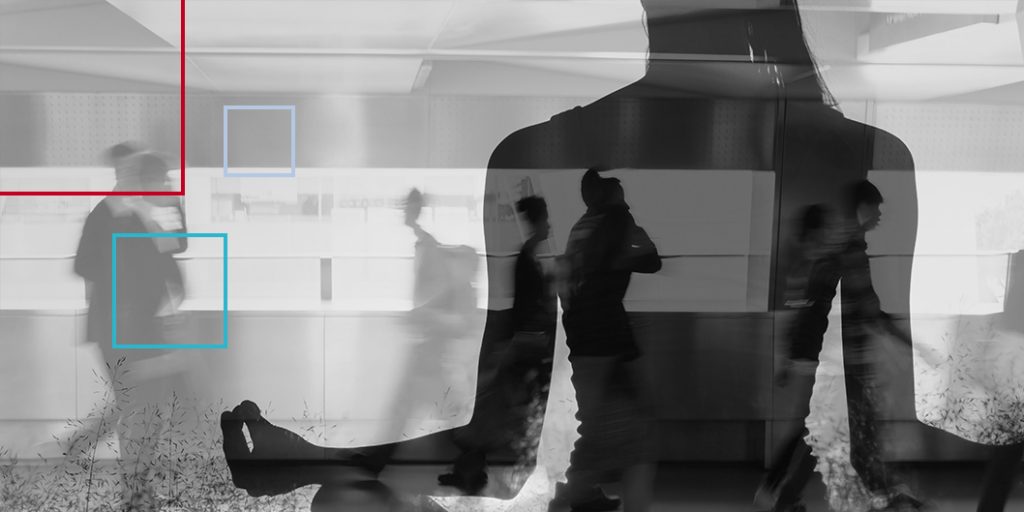Herminia Ibarra on Career Reinvention – Post Pandemic

We featured author Herminia Ibarra on our executive leadership podcast, WiseTalk just before the release of her book Act Like a Leader, Think Like a Leader. The intelligent, insightful discussion (see recap and link to recording below) covered topics including the outsight principle, how behavior drives attitudes (as opposed to the other way around), and […]
Added to SF Business Times Top 50 List

Mariposa Leadership Executive Coaching Firm Secures the No. 35 Spot San Francisco, CA, June 2020 – San Francisco Business Times has named Mariposa Leadership, Inc. to its Top 50 list of “Largest LGBTQ-Owned Businesses” in the Greater Bay Area. Ranking at number 35, Mariposa is the only Executive Leadership Coaching company listed in the publication’s […]
UPDATED: Workplace Culture (Now and the Next Normal)

Culture – the cohesiveness that shapes a company. I like to describe culture as the “ways things are around here” and see it as imperative to your company’s success — just like strategy, structure, and operations. by Sue Bethanis, CEO/Founder of Mariposa, [email protected], @suebethanis Understandably, in the past month, conscious attention to culture might have fallen by […]
Four Tips to Navigate Working from Home

by Anne Loehr, Executive Coach, [email protected] I talk for a living, whether it’s through keynotes, employee training, executive coaching, human capital consulting, writing articles, or just a chat with a client. I’m lucky enough to have clients from a variety of industries and sectors, giving me a wide view of how organizations are handling similar […]
On “4 Ways to Train Your Brain to Be More Open-Minded”

There’s always more than one point of view. And now, in an ever-polarized world, it’s important to consider those that are not your own. According to John Brown, who was recently featured in the Fast Company article, “4 Ways to Train Your Brain to Be More Open-Minded,” truly being open-minded is actually a counter-intuitive mental […]
Strength During Stress

Most executives have some periods of intense, unrelenting stress. This can happen for example during a time the team is rapidly growing in numbers; during a mission-critical project where the stakes are very high; or during a time of crisis such as a major HR or legal issue. At such times it’s a good idea […]
